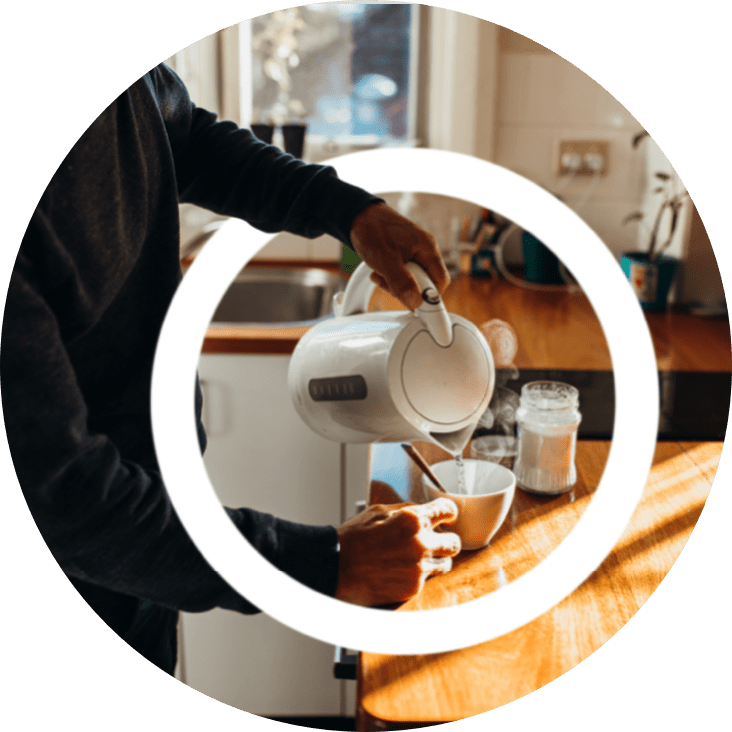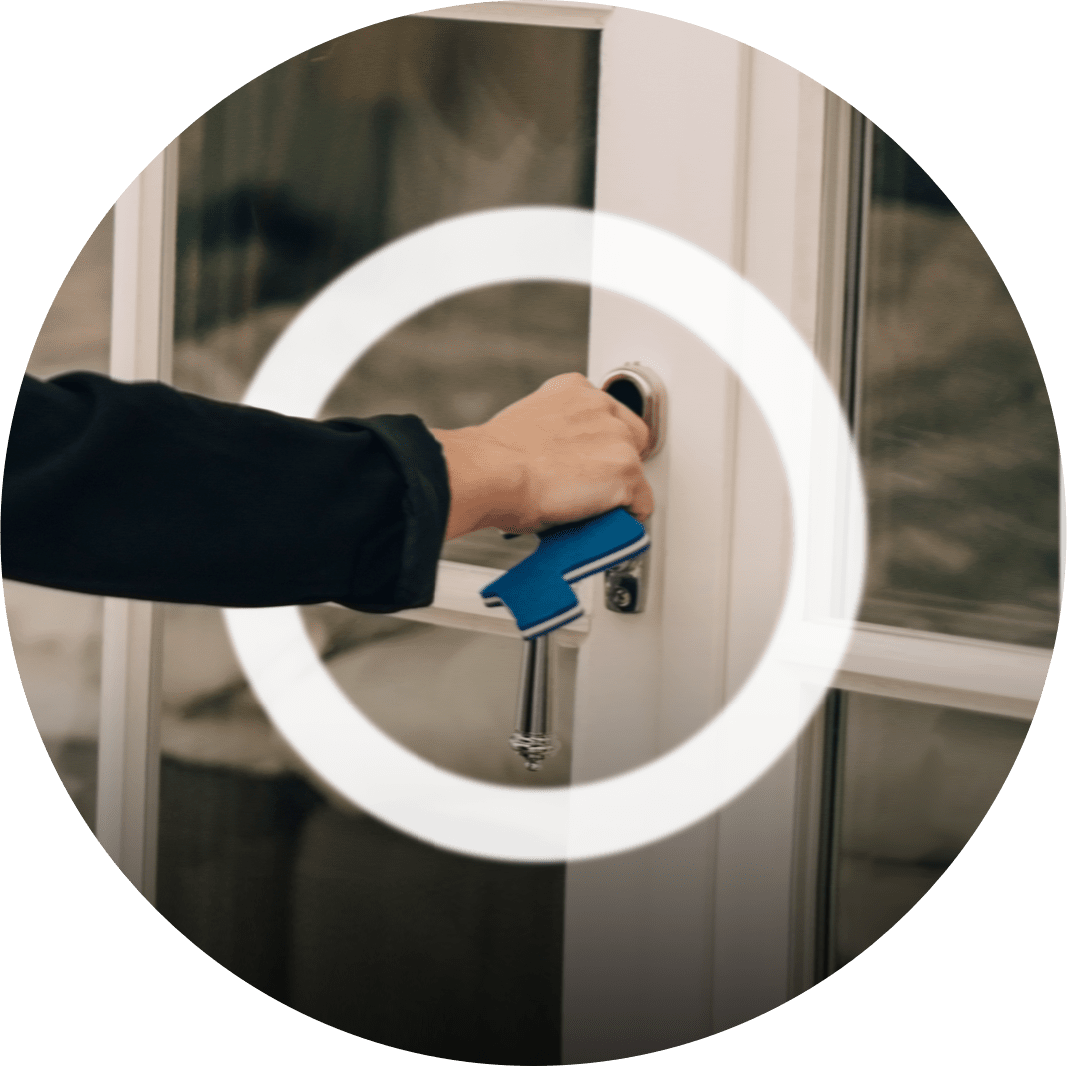Symptoms of Multifocal Motor Neuropathy (MMN)
The symptoms of MMN can be easy to brush off at first. That’s because MMN appears gradually. It can also be mistaken or misdiagnosed for other conditions with similar symptoms.
Hover over image for a fast fact about mmn
Tap image for a fast fact about mmn
KNOW the key MMN symptoms
Use the acronym NOW to remember the key early symptoms of
MMN
Multifocal Motor Neuropathy (MMN)
(how to say it: muhl-tee-FOE-kuhl MOE-tur nur-AH-puh-thee)
Definition:
A rare medical disorder in which nerves that control muscles are attacked by the body's immune system.
See more glossary terms
:
MMN is more than muscle weakness
Weak signals from neurons affected by MMN can lead to less frequent use of muscles. If muscles are not used enough they can shrink in size, a term called "muscle atrophy." Muscle atrophy only occurs late in the course of MMN. And there are management options that may help slow down the progression of MMN.

MMN can affect your ability to hold onto everyday items such as a tea kettle or pitcher.
Hover over image for a fast fact about MMN
Tap image for a fast fact about MMN
How does MMN affect daily life?
MMN may affect your daily life in one or more of the following ways due to limited dexterity:
- Dropping things you’re trying to hold
- Trouble gripping a fork, spoon, or knife while eating
- Difficulty turning a key in a lock
- Struggling to button a shirt or coat
- Difficulty tying shoelaces
- Trouble texting or scrolling on smartphones
If this sounds like you, it’s time to talk to your doctor about your symptoms. It may help to fill out the symptom tracker tool and bring a copy to your medical appointment.
These are not MMN symptoms
Unlike some other
neurological
Neurological
(how to say it: noo-ruh-LAA-jih-kuhl)
Definition:
Having to do with the nervous system or nerves.
See more glossary terms
disorders, MMN does not present with the following symptoms:
The reason MMN does not cause these symptoms is that it rarely affects the
sensory
Sensory
(how to say it: SEN-sir-ee)
Definition:
Having to do with the senses (touch, sight, hearing, taste, smell).
See more glossary terms
or
cranial
Cranial
(how to say it: KRAY-nee-uhl)
Definition:
Relating to the skull or head.
See more glossary terms
neurons in your body.
Sensory neurons
Sensory neurons
(how to say it: SEN-sir-ee NUR-ahns)
Definition:
Nerve cells that make you aware of pressure, temperature (eg, if something feels too hot or cold), and pain.
See more glossary terms
are the nerve cells that make you aware of pressure, heat, cold, or pain. So, when it comes to MMN, it helps to remember the expression "motor without sensory." That's because MMN usually only affects
motor neurons
Motor neurons
(how to say it: MOH-tuhr NUR-ahns)
Definition:
Nerve cells that connect to muscle tissue and control movement.
See more glossary terms
.
MMN and misdiagnosis
MMN can be difficult to diagnose. This is partly because MMN symptoms may get mistaken for more well-known conditions. For example, it may be mistaken for amyotrophic lateral sclerosis (ALS), also called Lou Gehrig's disease.
MMN vs other conditions that can look like MMN

Living with MMN
Narrator:You're about to hear from Jen, a real patient living with Multifocal Motor Neuropathy.
Remember, the following is only representative of Jen's experiences. Every patient's experiences are unique. The following should not be taken as medical advice, and you should speak with your doctor about any questions you have about your health or treatment.
Jen: The beach is my happy place. It is where I feel most normal. I just feel at peace. It brings calmness when you first see the ocean, and then when I put my feet in the sand, and the way I can walk again…It's just an amazing feeling.
I walk with a limp now, and I don't do that when I'm on the beach, because my heel is able to plant into the sand, and my foot curves.
Now that I look back, I think symptoms started before I even started recognizing them. But my first major symptom started about 2015. I started having really bad cramps in my right calf. After that, I noticed that I would be getting shocks from my right hip to my knee, and it just felt like you get electrocuted.
And then December of 2017, I was with my best friend, and I took off my shoe, and my toes—I couldn't move my toes.
I immediately went to a doctor the next day thinking that everything was going to be okay, and I found out it wasn't.
I saw numerous doctors. I saw chiropractors, specialists, two podiatrists, and then finally two neurologists.
When I saw my second neurologist, my world was turned upside down. He did a few tests on me and said, "You have Multifocal Motor Neuropathy."
He told me it was a very rare autoimmune disease—that there was no cure. There is only treatment to help slow the process.
I went out to the streets and I immediately started researching on the internet, and the first thing I came up with was ALS. And one of the first things it says is, you have two to five years to live after diagnosis; and I was terrified. Because I knew what ALS was, and I knew how hard it is, and I know how quickly it attacks your body. And, I said, "There's no way. There's no way this is me." And I went back up to my neurologist's office, and the first thing out of his mouth was, "You don't have ALS. And there are treatments that will help manage my symptoms."
This was a lot for me to take in. My life before MMN—I was fabulous. I would get dressed up, and I wore my high heels, and I would go out, and I would salsa dance—and I was very active. I was in the gym every single day, doing bootcamp classes.
I had to learn how to do things differently, how to put on shoes differently, how to walk differently. I now look at a pair of heels and I'm determined to get back to them.

KNOW
THAT MMN is manageable
Did you know there are treatment options that can help slow the progression of MMN in your body? If you are diagnosed with MMN, consider talking to your doctor about developing a management plan specifically for you and your needs.
LEARN ABOUTMANAGING MMN

up next
